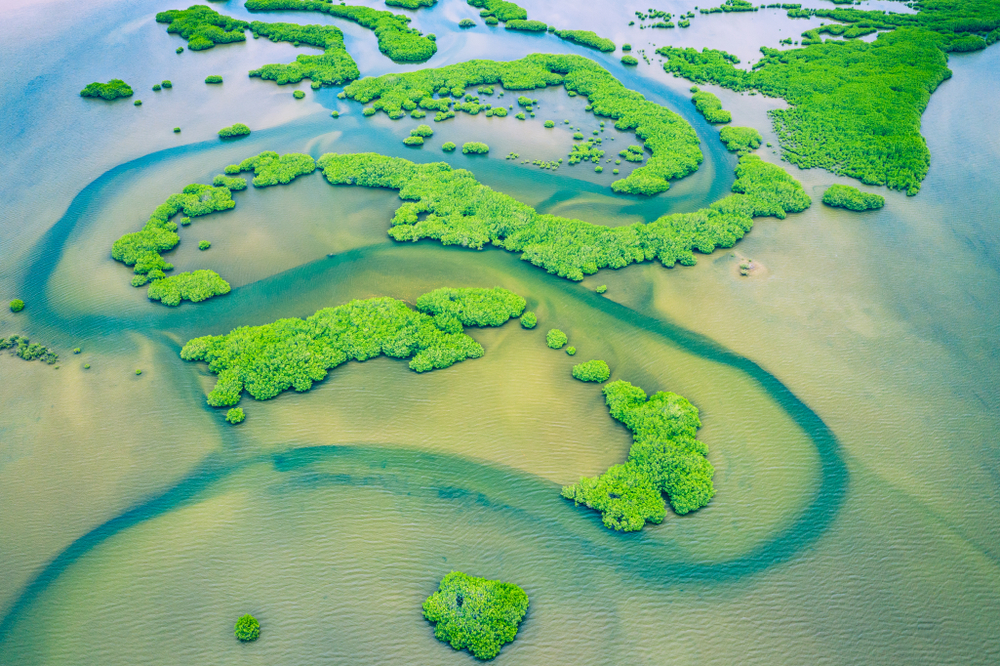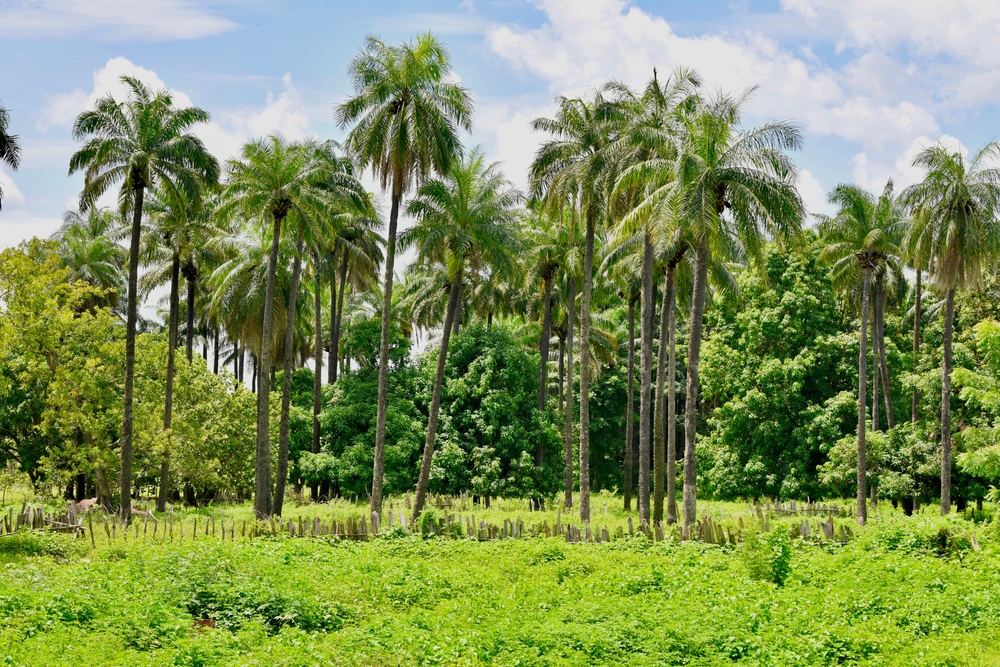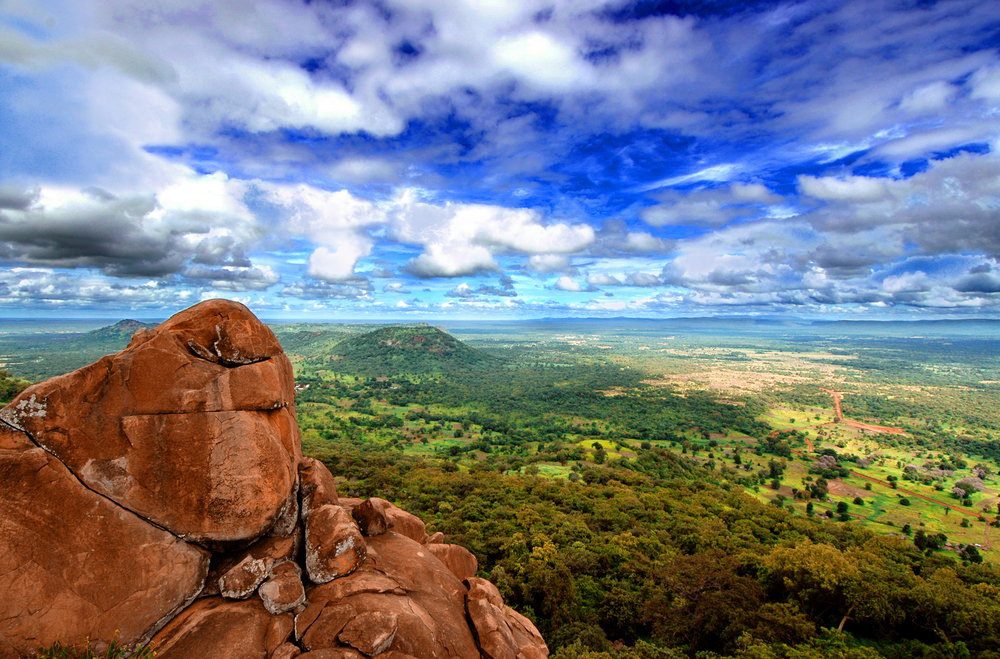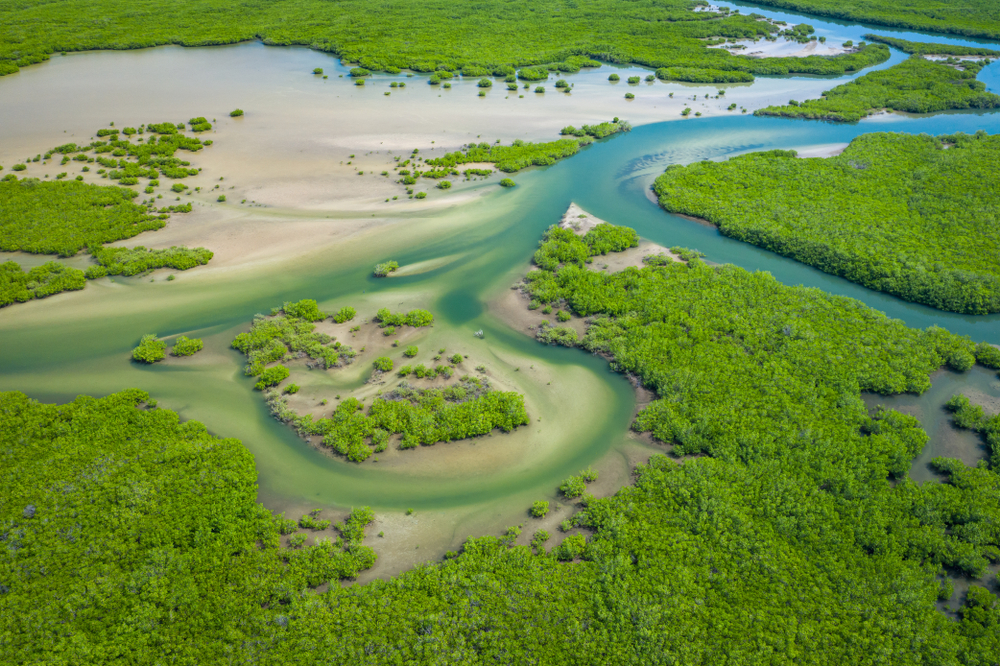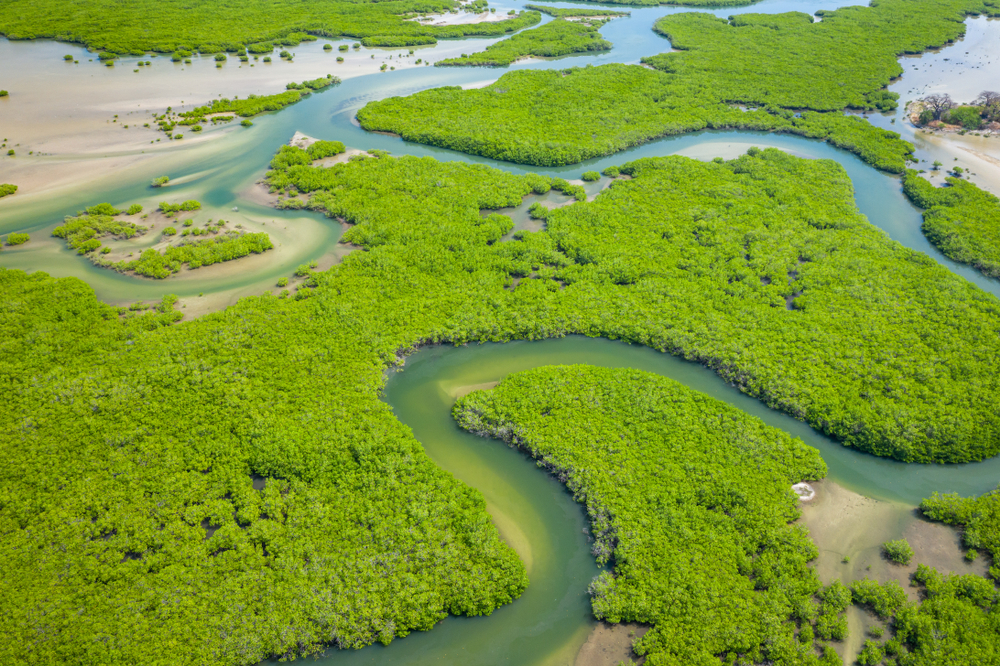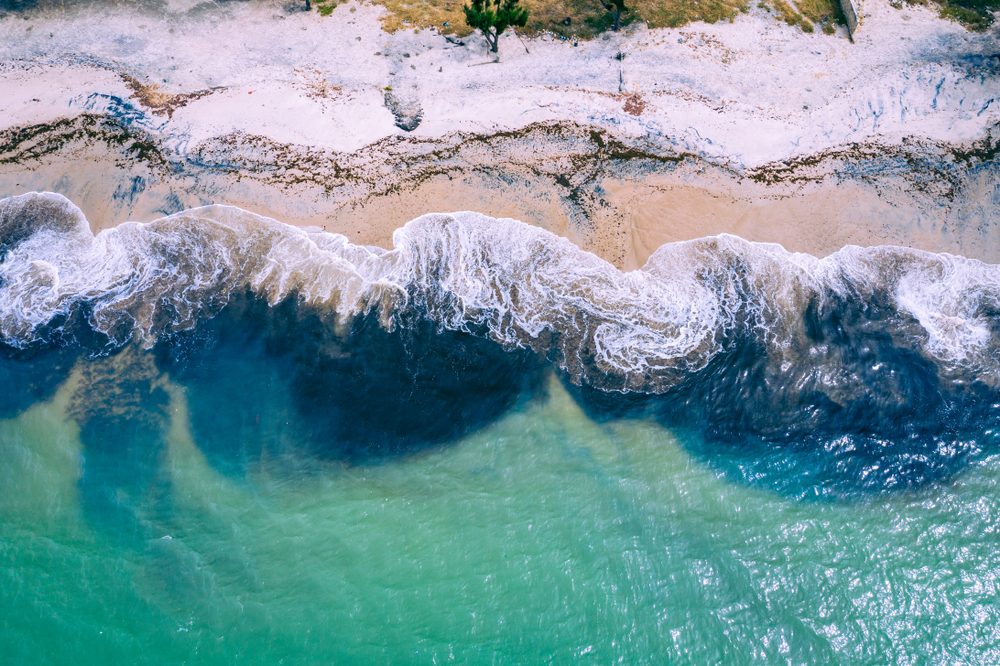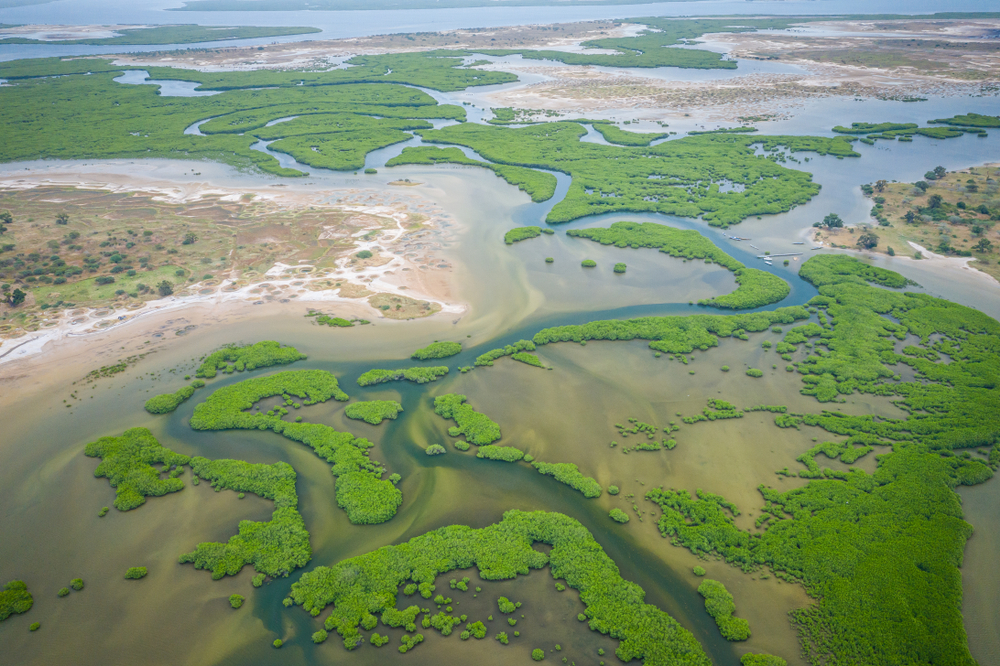Saloum Delta Overview
Saloum Delta National Park is located in western Senegal, where the Saloum River meets the Atlantic Ocean, near the border with The Gambia. Covering an area of approximately 296 square miles (765 square kilometers), the park was established in 1976 and designated a UNESCO World Heritage Site in 2011 as part of the Saloum Delta Biosphere Reserve. It is one of Senegal’s most important coastal wetlands, with its unique mix of marine, freshwater, and terrestrial ecosystems.
The landscape of Saloum Delta National Park is characterized by a complex network of estuaries, mangrove swamps, lagoons, and sand islands, formed by the interweaving of rivers and ocean tides. This dynamic environment creates a rich mosaic of habitats that support a wide variety of flora and fauna. The delta’s mangrove forests are a defining feature, covering large areas of the park and playing a critical role in stabilizing the coastline and providing nurseries for marine life.
The vegetation in the park is dominated by dense mangroves, along with salt-tolerant grasses and shrubs in the coastal zones. Further inland, there are patches of dry forests, savannahs, and salt flats. These ecosystems provide vital shelter and feeding grounds for a range of species, particularly birds and marine animals.
Saloum Delta is renowned for its rich biodiversity, particularly its birdlife. The park is home to over 200 species of birds, including flamingos, pelicans, herons, and terns, making it a paradise for birdwatchers. The park’s waters are rich in fish, crustaceans, and mollusks, supporting dolphins, manatees, and various marine turtles.
The mixture of mangroves, sand dunes, and wetlands makes Saloum Delta National Park a vital conservation area and an important destination for eco-tourism, offering both natural beauty and rich biodiversity.
Park Map
Saloum Delta National Park Highlights
Engaging Saloum Delta
Related National Parks More Senegal
Sources
- Britannica, Kaolack, https://www.britannica.com/place/Kaolack, retrieved August 2024.
- Lonely Planet, Parc National du Delta du Saloum, https://www.lonelyplanet.com/senegal/petite-cote-sine-saloum-delta/attractions/parc-national-du-delta-du-saloum/a/poi-sig/1354318/1328700, retrieved August 2024.
- National Parks Africa, Saloum Delta National Park, https://www.nationalparks.africa/listing/saloum-delta-national-park/, retrieved August 2024.
- UNESCO, Saloum Delta, https://whc.unesco.org/en/list/1359/, retrieved August 2024.
- Wikipedia, Saloum Delta National Park, https://en.wikipedia.org/wiki/Saloum_Delta_National_Park, retrieved August 2024.








































































